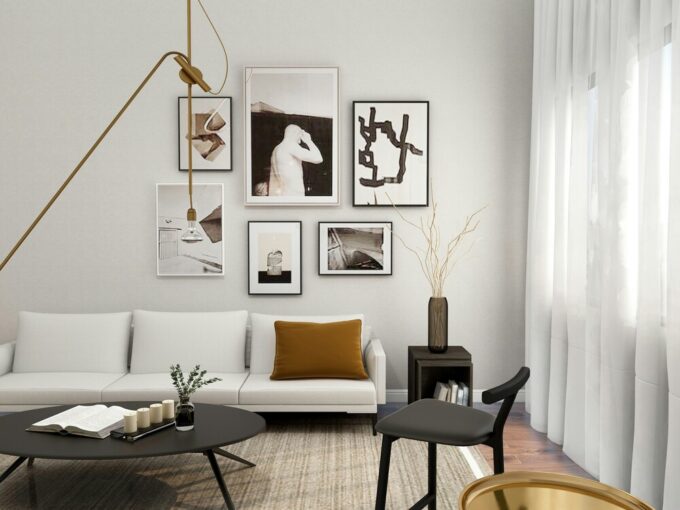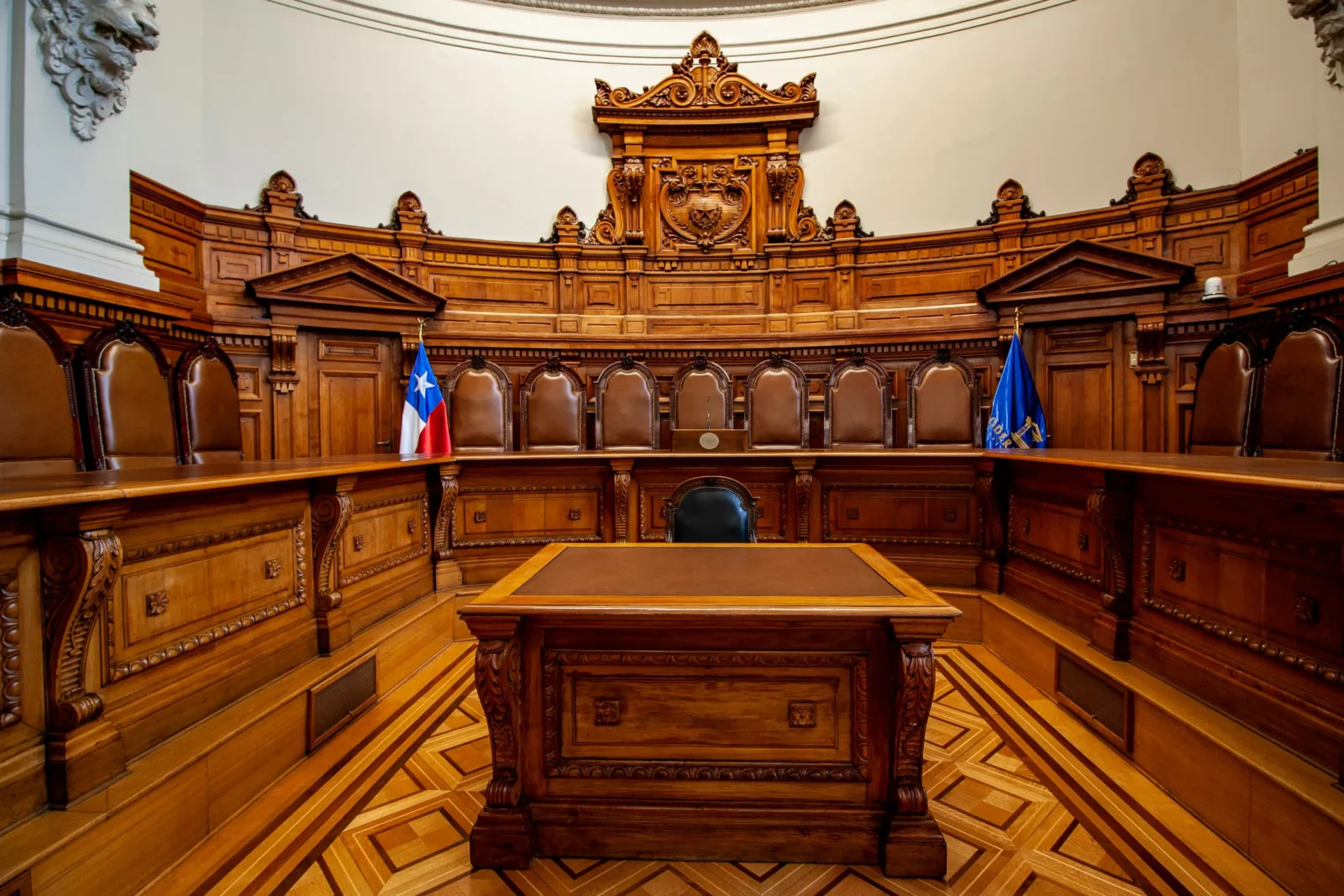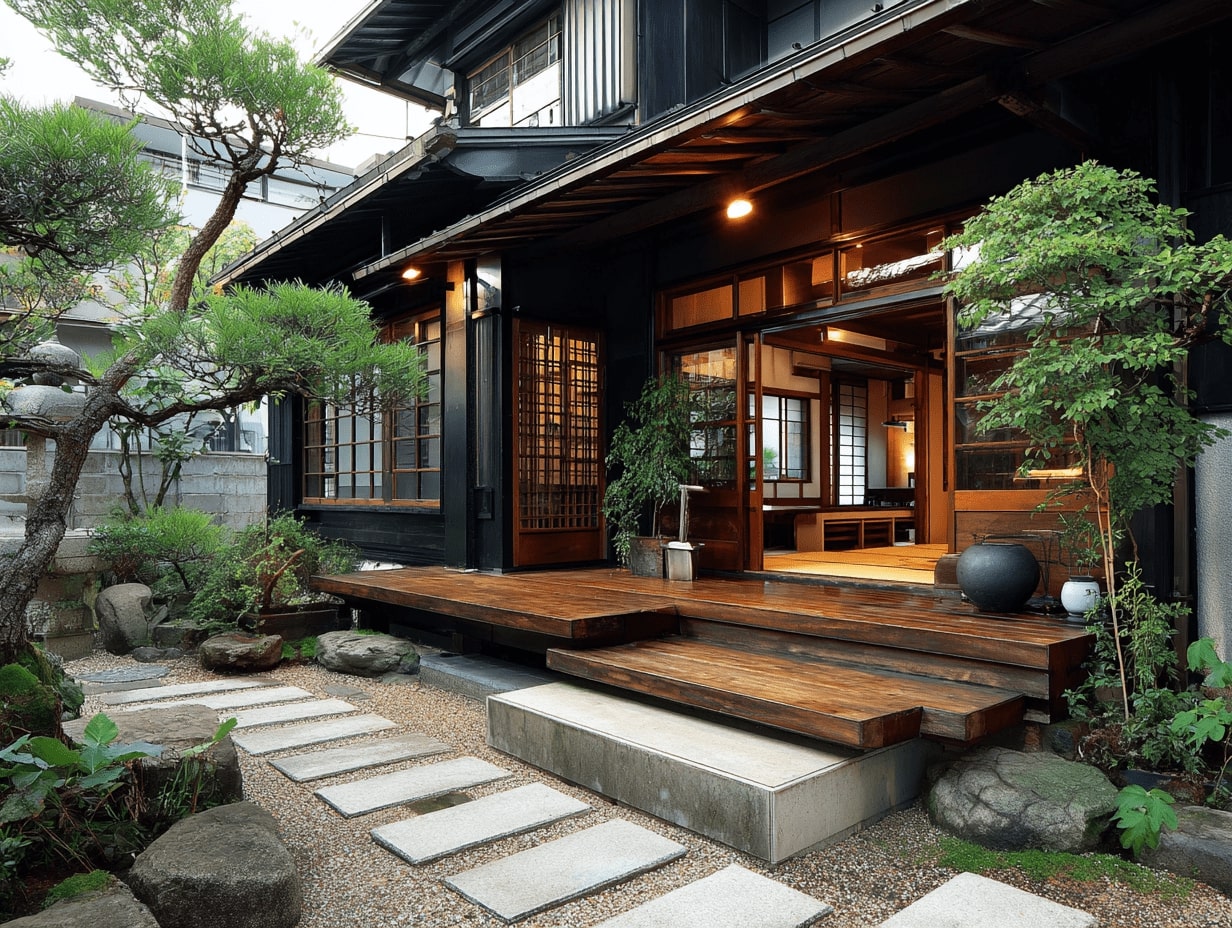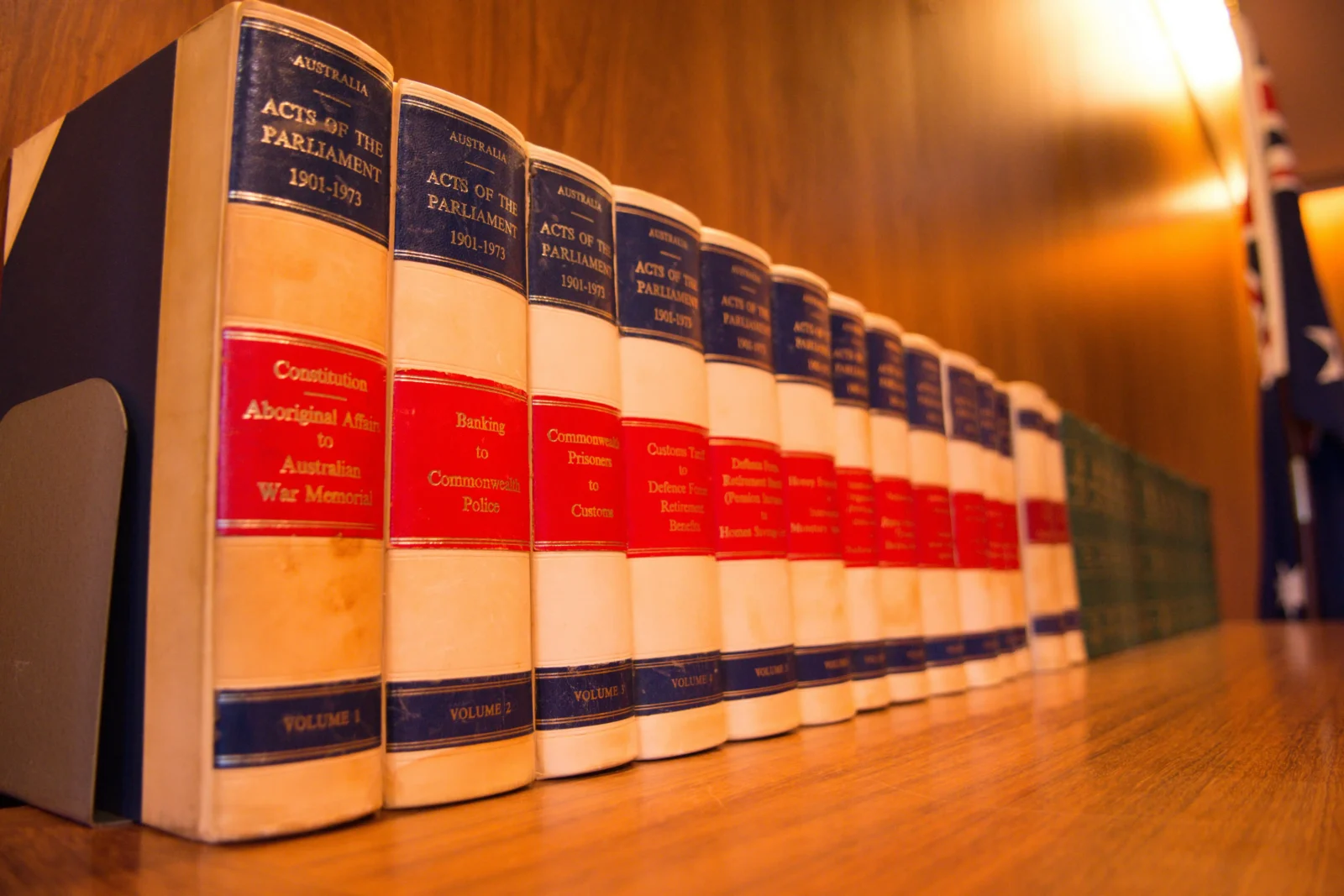- Home
- Articles
- Architectural Portfolio
- Architectral Presentation
- Inspirational Stories
- Architecture News
- Visualization
- BIM Industry
- Facade Design
- Parametric Design
- Career
- Landscape Architecture
- Construction
- Artificial Intelligence
- Sketching
- Design Softwares
- Diagrams
- Writing
- Architectural Tips
- Sustainability
- Courses
- Concept
- Technology
- History & Heritage
- Future of Architecture
- Guides & How-To
- Art & Culture
- Projects
- Interior Design
- Competitions
- Jobs
- Store
- Tools
- More
- Home
- Articles
- Architectural Portfolio
- Architectral Presentation
- Inspirational Stories
- Architecture News
- Visualization
- BIM Industry
- Facade Design
- Parametric Design
- Career
- Landscape Architecture
- Construction
- Artificial Intelligence
- Sketching
- Design Softwares
- Diagrams
- Writing
- Architectural Tips
- Sustainability
- Courses
- Concept
- Technology
- History & Heritage
- Future of Architecture
- Guides & How-To
- Art & Culture
- Projects
- Interior Design
- Competitions
- Jobs
- Store
- Tools
- More
6 Creative Ways to Design Event Badges That Stand Out

Historically, event badges were primarily regarded as identifiers whose core purpose was to display a wearer’s name, designation, and organization to other conference attendees. However, these wearable identity cards have continuously evolved over the years. Modern event badges contain additional features intended to enhance communication, foster seamless networking, and improve the safety of event participants.
Wearing a creatively designed event badge can raise awareness of your organization and provide a low-cost way to market your brand. It’s also a perfect icebreaker, helping to strike an instant connection with future clients, potential business partners, or industry leaders.
But as you may have already guessed, the efficacy of an event badge depends on the incorporated features. This post shall examine the six innovative ways to design conference badges that leave a lasting impression.

Table of Contents
Toggle1. Start With the Right Badge Size
Most event badges average 4 inches x 3 inches (10 centimeters x 7.6 centimeters). However, these dimensions aren’t cast in stone.
A larger event badge may be ideal if you incorporate extra branding information. Meanwhile, a smaller card would blend seamlessly into the wearer’s outfit, highlighting your brand in a less chaotic manner.
Digital printing companies like The Mines Press are committed to helping you choose the perfect event badge size for your needs. Simply head to their online store and sample from their vast catalog of conference badges in diverse dimensions.
Ultimately, consider legibility while choosing the best event badge size. Note that most conference badges are readable from about 15 feet (4 ½ meters). That means you may need to omit certain details to strike the perfect balance between a legible and stylish event badge.
2. Incorporate Unique Personal Identifiers and Branding Information
Although event badges have evolved remarkably over the years, their significance is still rooted in their ability to display the wearers’ details and key branding information.
Start by incorporating the wearer’s names and roles. Besides offering quick identification, these details may also help break the ice at networking events. Attendees can quickly initiate conversations without going through the usual preliminaries.
Next, incorporate as much branding information as possible without impairing your event badge’s legibility. Some highlights include your organization’s name, logo, slogan, and tagline.
If space is an issue, prioritize a logo. An emblem is highly scalable and can reinforce your brand’s identity regardless of the size of the event badge it’s printed on.

3. Add Security Features
Not everyone who attends a conference is a guest. Some are gatecrashers out to benefit from free workshops, while others are busybodies who simply couldn’t be anywhere else.
Depending on the venue of your event, you could face even graver security concerns like outright robbery or terrorism.
Adding safety features like QR codes to your conference badges can minimize these incidents and foster safe interaction among the attendees.
QR codes are particularly recommended where access control is paramount. Besides distinguishing legitimate attendees from unauthorized individuals, these codes improve event security by pointing guests to their respective seminar rooms and workshops.
4. Highlight the Delegates’ First Names
It may be tempting to highlight your organization’s branding information while designing a conference badge. However, the ability of an event badge to break the ice depends on how legible the wearer’s name is.
Note that a typical conversation starter is “Hey Sam, Melanie, etc.,” as opposed to “Hey Malcom Digital Solutions.”
More importantly, highlight the delegates’ first names. Most people prefer to be addressed by their first names as it helps create an instant connection.
Besides, first names are generally easier to recall than surnames. Other names can be captured as initials if the space permits.

5. Color-Code Your Badges
Event badges should be rendered in varied colors to identify different participants. For instance, you could opt for blue badges for keynote speakers, green badges for regular delegates, black for organizers, and purple for sponsors.
If you’re struggling to pick the best shade for the prints, consider instantly recognizable colors like yellow and orange.
Remember also to choose a background color that blends with the other elements of your event badge. The conventional wisdom is to go for earth tones or subdued neutrals for the background.
However, shun dark-colored backgrounds. Darker colors can reduce a badge’s legibility and infuse negative vibes into the conference.
6. Use Legible Fonts
Most established companies have unique typefaces that are integral to their visual identities. Using your official branding fonts to display your organization’s name and logo on an event badge is important.
For non-branding details, such as delegate names, you may experiment with other unique typefaces. However, choose a legible font for better visibility.
A good thumb rule is to select from professional options like Times New Roman, Verdana, Arial, Calibri, and Garamond.
If you must opt for a fancy typeface, ensure it aligns perfectly with your offerings.

Summary
Customization is the secret to designing an event badge that makes the biggest impact.
While an event badge can have varied types of information, the trick is to prioritize details that enable your brand to shine through while empowering your guests to interact seamlessly with other conference attendees. The card should also contain security features for easy access control and efficient program coordination.
Remember to also consider durability and clarity while designing outstanding event badges. That entails choosing a robust material for the substrate and selecting reasonably fancy but highly legible fonts.
illustrarch is your daily dose of architecture. Leading community designed for all lovers of illustration and #drawing.
Submit your architectural projects
Follow these steps for submission your project. Submission FormLatest Posts
Common Disputes Handled by Estate Litigation Lawyers
According to the 2025 issue of the American Bar Association’s “Probate &...
Modern Japanese Architecture: Tradition Rewired for the Present
Modern Japanese architecture explained: how tradition meets innovation in light, nature, materials,...
The Purpose of a Living Will and Why It Matters
A living will is without a doubt one of the most significant...
How Modern Bridges Balance Aesthetics and Engineering
How modern bridges balance aesthetics and engineering: explore form-driven systems, case studies,...












Leave a comment